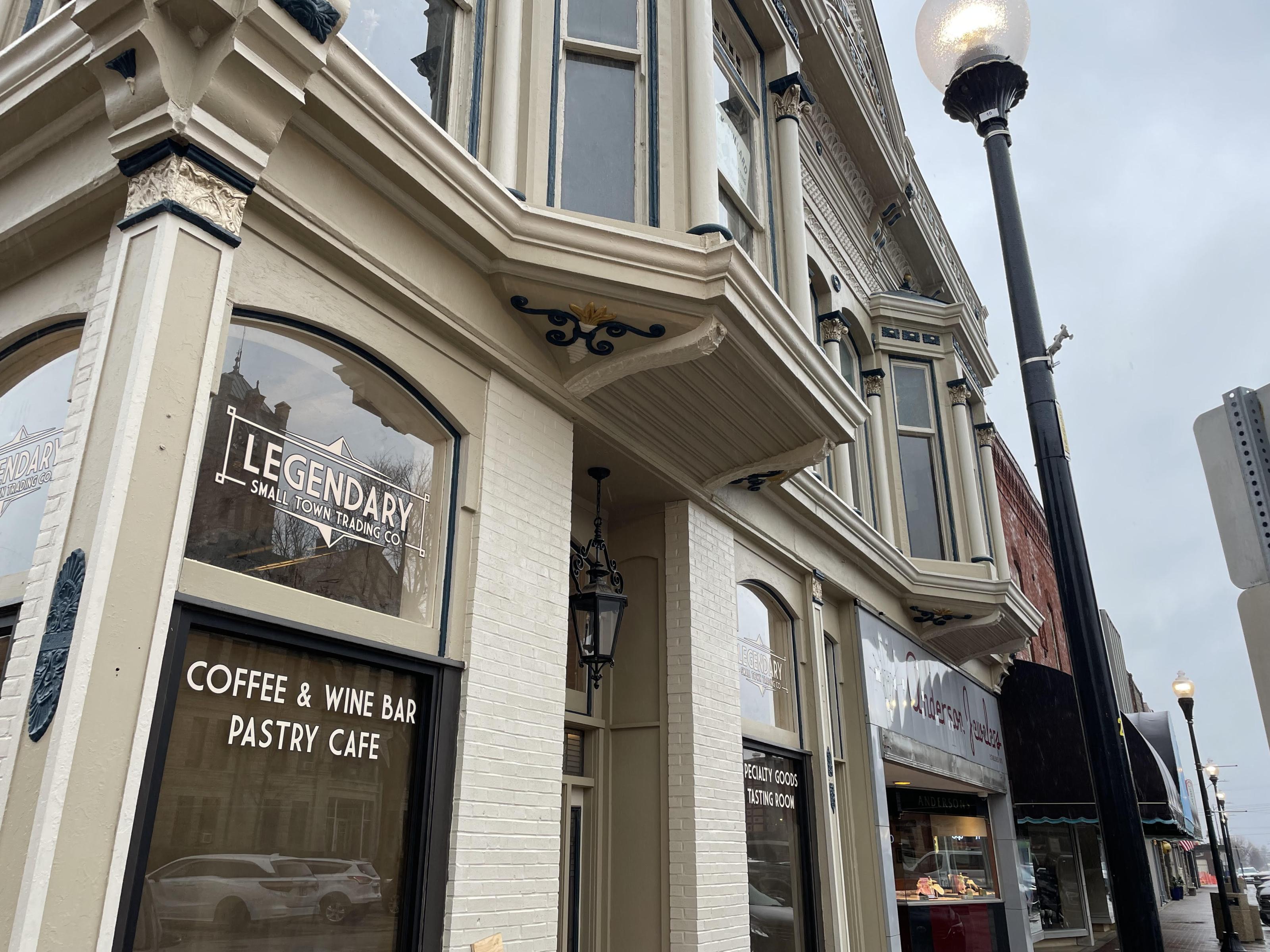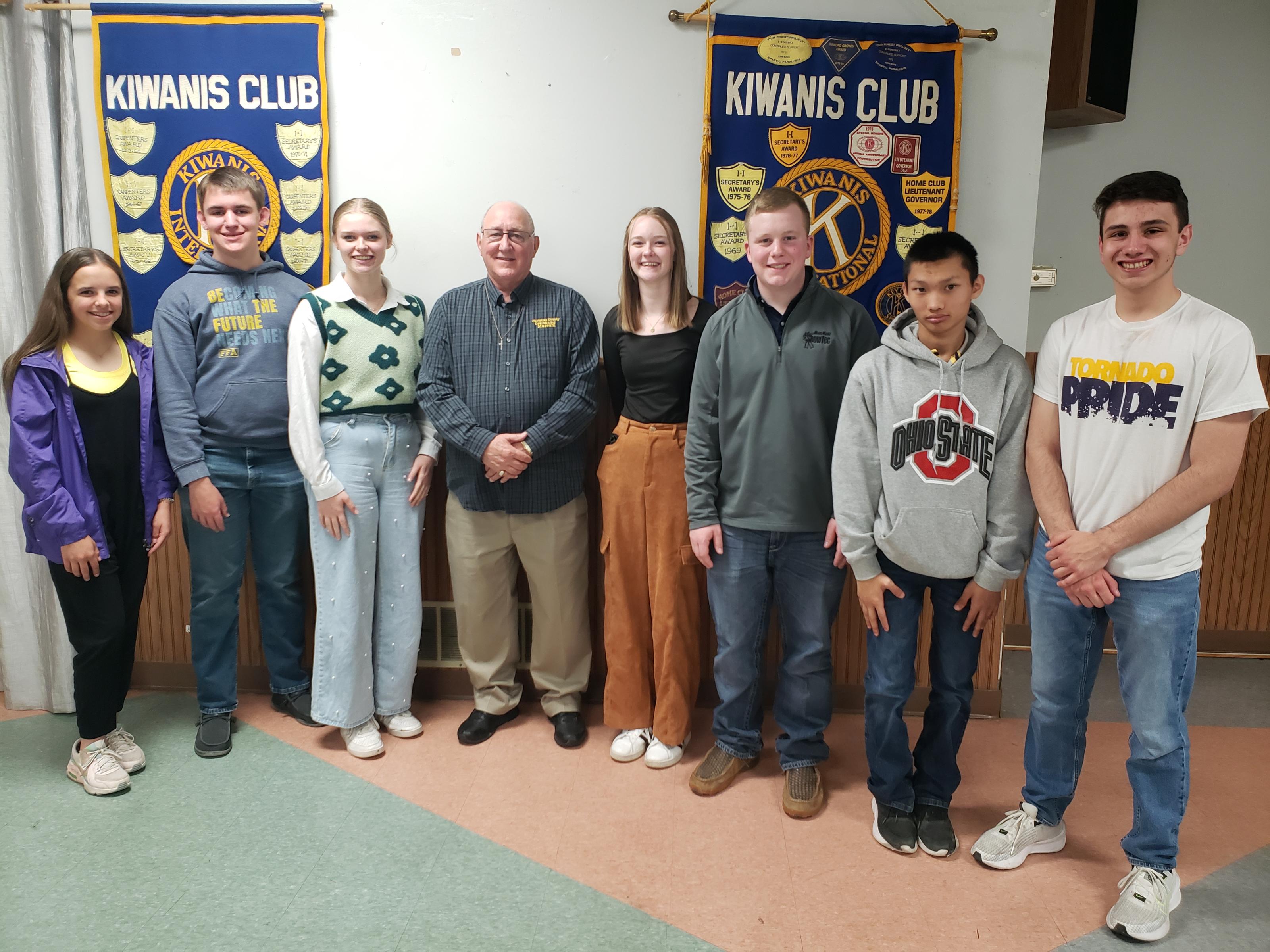As Illinois considers ways to achieve its goal of relying entirely on clean energy by 2050, one technology that has courted controversy is carbon capture. Carbon capture is a method whereby carbon dioxide, a common greenhouse gas, is placed in long-term storage, usually by injection into wells in geologic formations thousands of feet underground. These wells take advantage of empty “pore space” in subsurface structures. It is sometimes referred to as carbon capture, utilization and sequestration, or CCUS.
The carbon capture industry is expected to grow significantly in the coming years, particularly as high emissions industries look for ways reduce their carbon footprint. With several planned projects in the state, some lawmakers are looking at how to regulate it to ensure safety for people living near pipelines or sequestration wells. The Illinois Basin, an underground structure covering roughly 70 percent of the state, has drawn interest from those working on carbon capture technology for decades, according to the report. The basin is also home to the country’s first commercial-scale carbon sequestration project — a 6,800-foot-deep storage well on the grounds of the Archer-Daniels-Midland Company in Decatur.
The report identified some regulatory gaps at the state and federal level, including a lack of clear law around pore space ownership, the lack of federal regulation around eminent domain for CO2 pipelines and the need for long-term stewardship and oversight over storage sites. House Bill 3119 would ensure that a company engaging in carbon transport or injection is solely liable for any damages caused by carbon dioxide transportation. It would also establish that the owner of surface land also owns the title to the “pore space” underneath it. This is the underground area into which carbon dioxide can be injected. The bill would also establish a permitting structure for carbon capture projects and requirements for setbacks from occupied land, alongside a fee structure to fund the new regulatory mandates.
Another set of bills, House Bill 2202 and Senate Bill 2153, have support from industry groups like ADM, Navigator CO2 and the Illinois Manufacturers Association. They’re being sponsored by Rep. Jay Hoffman, D-Swansea, and Sen. Bill Cunningham, D-Chicago. These bills don’t regulate the transport of carbon dioxide, such as through a pipeline like the Heartland Greenway project. The bills codify pore space ownership and create an application process at the Department of Natural Resources for companies to follow when obtaining rights to use pore space.
Some residents and landowners in these counties are staunchly opposed to the development. Among their concerns: the risk of a pipeline rupture and potential water contamination at the pipeline’s endpoints. Karen Brocklesby, a Christian County resident who was approached to sell pore space under her family’s farm for CO2 storage, spoke to lawmakers on Monday. Under a 2011 state law, pipelines must be granted a certificate of authority from the Illinois Commerce Commission. In February, Navigator filed an expanded application, adding 42 miles of pipeline to its previous application. A final decision is expected from the ICC before January of next year.
While Navigator did not respond to questions about these concerns, they did say that they plan to comply with all relevant guidelines, including any potential rules for safety from PHMSA.














